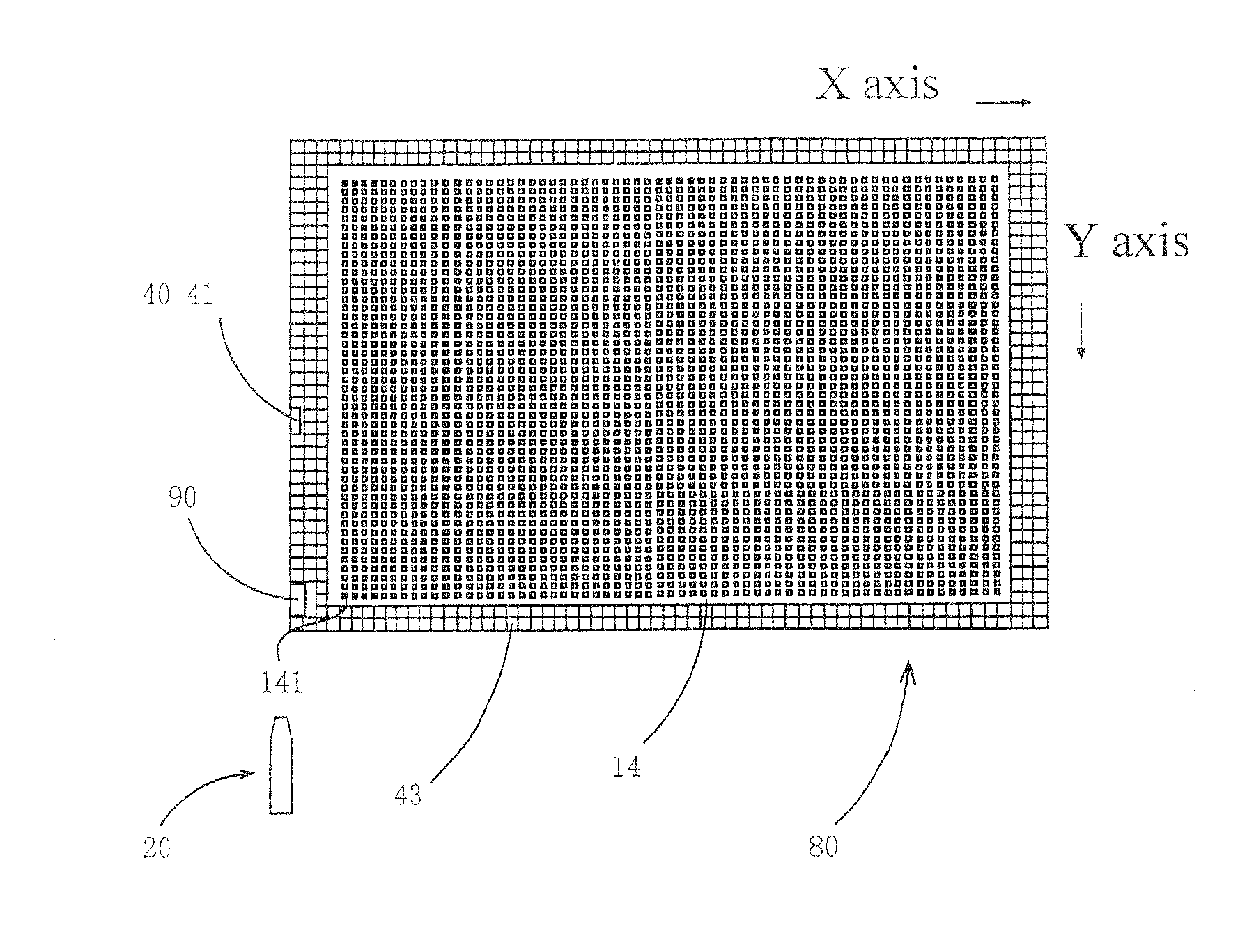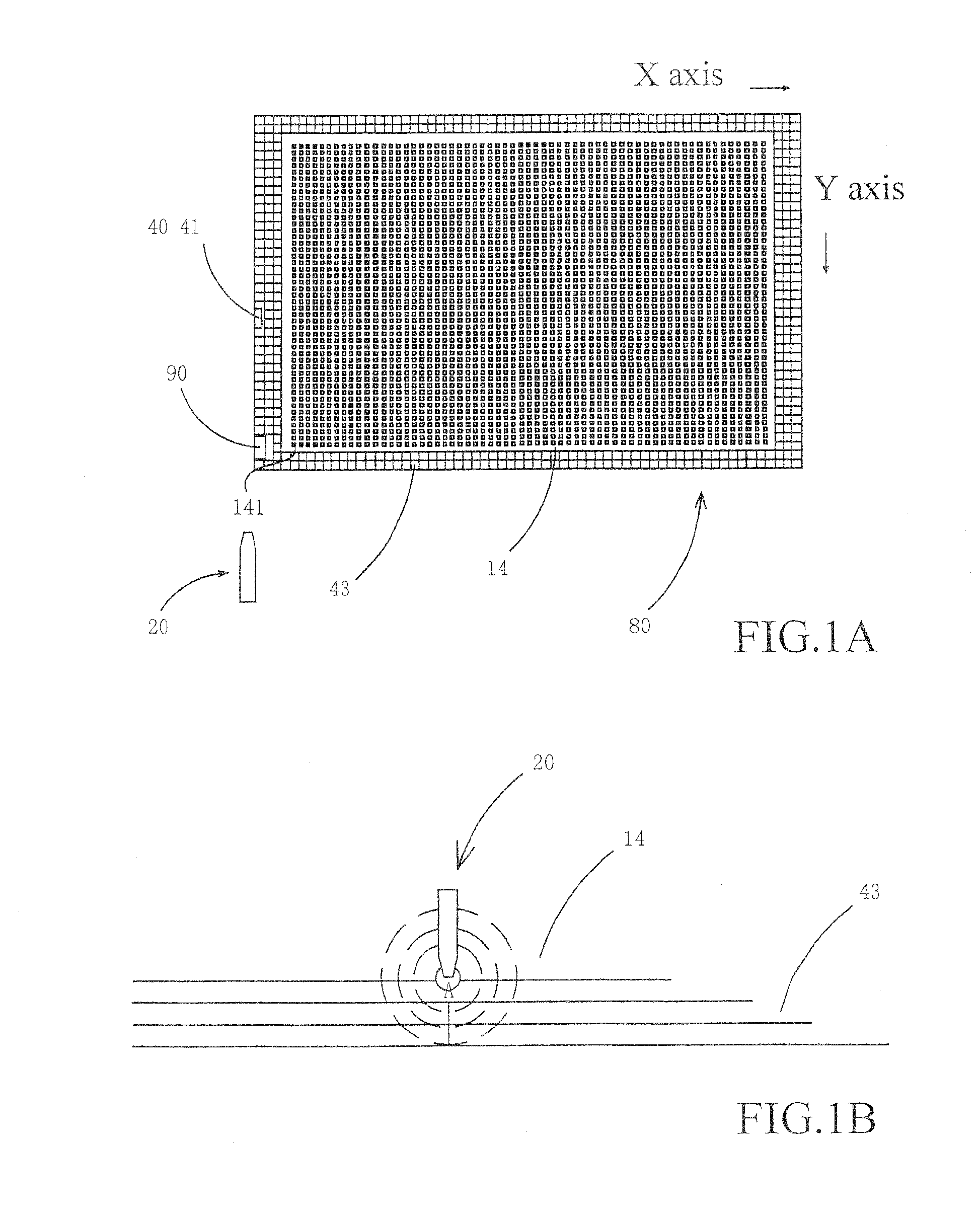Electronic reading system
a reading system and electronic technology, applied in the field of electronic reading systems, can solve the problems of not being able to successfully implement the idea, the way information is presented and delivered by the printed material is rather limited, and the idea is still far from satisfactory, so as to achieve the effect of reducing dimension and weight, and reducing learning difficulty and cost for the blind
- Summary
- Abstract
- Description
- Claims
- Application Information
AI Technical Summary
Benefits of technology
Problems solved by technology
Method used
Image
Examples
Embodiment Construction
[0059]The following descriptions are exemplary embodiments only, and are not intended to limit the scope, applicability or configuration of the invention in any way. Rather, the following description provides a convenient illustration for implementing exemplary embodiments of the invention. Various changes to the described embodiments may be made in the function and arrangement of the elements described without departing from the scope of the invention as set forth in the appended claims.
[0060]According an embodiment of the present invention, the photoelectric device 22 contains an infrared transmitter 221, a camera 222, and a photoelectric conversion circuit 223. The data page 14 has data carrier configured on its surface. The electronic reading device contains a grid antenna circuit board 43, a radio circuit 21 transmitting signal of a specific frequency, a processor board 40 with a built-in storage or an IC card 41. The processor board 40 or IC card 41 is capable of converting da...
PUM
 Login to View More
Login to View More Abstract
Description
Claims
Application Information
 Login to View More
Login to View More - R&D
- Intellectual Property
- Life Sciences
- Materials
- Tech Scout
- Unparalleled Data Quality
- Higher Quality Content
- 60% Fewer Hallucinations
Browse by: Latest US Patents, China's latest patents, Technical Efficacy Thesaurus, Application Domain, Technology Topic, Popular Technical Reports.
© 2025 PatSnap. All rights reserved.Legal|Privacy policy|Modern Slavery Act Transparency Statement|Sitemap|About US| Contact US: help@patsnap.com



